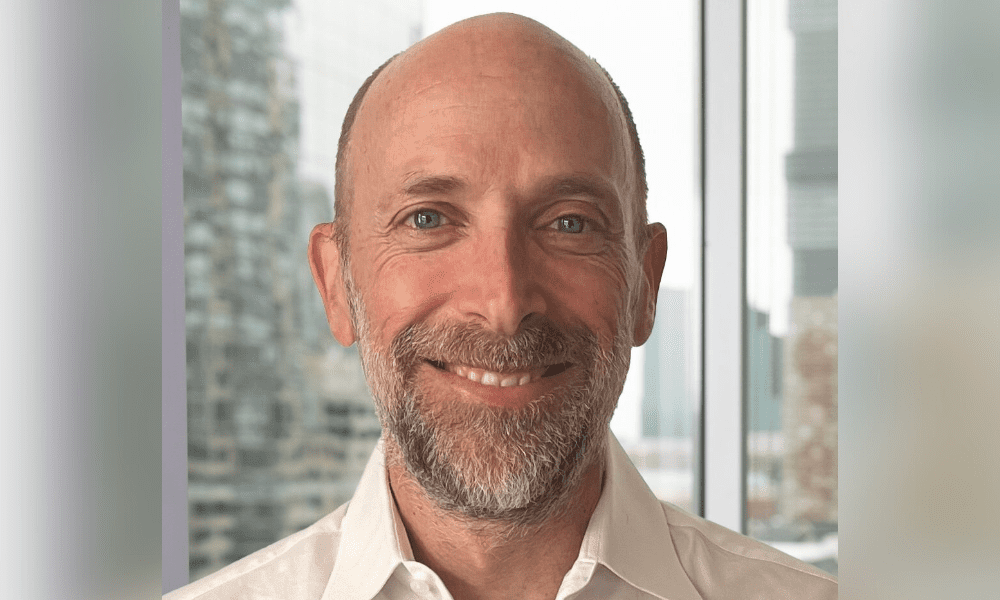Why environmental insurance has become an ‘invaluable tool’ in 2024

Why environmental insurance has become an ‘invaluable tool’ in 2024 | Insurance Business America
Environmental
Why environmental insurance has become an ‘invaluable tool’ in 2024
SVP talks sustainability, PFAS and protecting clients
Environmental
By
Lauren Johnson
One of the most significant emerging environmental industry risks, according to Daniel Orseck (pictured), senior vice president at Aspen Insurance, revolves around climate change and greenhouse gases.
“I recently took a tour of a landfill and was really interested to learn how they capture gases that escape the landfill as the materials deteriorate,” he said. “By turning these captured gases into energy that these landfills can, subsequently, sell, they are able to further invest in additional programs to operate in a more sustainable manner.”
However, not all businesses are quick to embrace this kind of innovation. Orseck said that while the convergence of gas to energy systems and new environmental technologies are becoming more commonplace, up front financial investment is needed. However, despite initial costs, the long-term benefits of reducing risks while potentially increasing profits make it worthwhile for many industries.
For insurers, cleaner and more efficient businesses are, naturally, a welcome development. Businesses that take steps to reduce their environmental impact lessen the potential for claims under an environmental insurance policy. Whether it’s preventing contaminants from seeping into rivers or capturing gas emissions, these innovations can reduce the likelihood of costly claims.
However, technology alone doesn’t drive premiums.
Navigating the regulatory landscape is another significant challenge for insurers, particularly when it comes to the evolving nature of environmental regulations regarding PFAS (per- and polyfluoroalkyl substances). The increased awareness has led to more stringent regulations and, consequently, more challenges for underwriters.
‘Ten years ago, nobody was really thinking about PFAS’
In April, the Environmental Protection Agency designated two widely used PFAS as hazardous substances under the Superfund law, improving transparency and accountability to clean up PFAS contamination in communities. This action addressed PFOA and PFOS contamination by enabling investigation and cleanup of these harmful chemicals and ensuring that leaks, spills and other releases are reported.
“Ten years ago, nobody was really thinking about PFAS, but today it’s in the news all the time,” said Orseck. “The challenge that I have as an underwriter is how can we still help our insureds that have this exposure, but at the same time not walk headfirst into a claim?”
To address these challenges, Aspen takes a tailored approach to each insured, rather than imposing broad exclusions. “We want to treat clients individually and not paint with too broad of a brush. There are businesses that genuinely want to operate responsibly, which is why we try to underwrite each insured on a standalone basis and provide them with the appropriate amount of coverage, while at the same time not put risks on the books that would harm our bottom line,” said Orseck.
‘Aspen takes the matter of sustainability very seriously’
Some clients might face higher retentions for PFAS-related claims, while others might be offered full coverage. It’s about balancing the need to protect Aspen’s book of business with the desire to provide comprehensive coverage to their clients. Despite the challenges posed by new regulations and emerging risks, Orseck remains optimistic about the future of environmental insurance with technological advancements already transforming the industry. For example, smokestacks that once emitted harmful pollutants now have scrubbers that reduce emissions.
Aspen’s commitment to sustainability is a core aspect of its corporate ethos. Orseck emphasized how it influences their partnerships and operational approach.
“Aspen takes the matter of sustainability very seriously,” he said. “Our corporate social responsibility and sustainability teams work hard to create partnerships with entities that generate positive impacts in our communities.”
This approach isn’t limited to the company’s internal practices; it shapes how Orseck evaluates potential clients.
“Do our clients take these matters seriously? Are they conscientious about how their operations affect the environment and the communities they’re in?” he said.
Environmental insurance is an ‘invaluable tool’
This goes hand in hand with the importance of client education, particularly in such a specialized field. He believes that knowledge is power, and the more brokers understand the nuances of environmental insurance, the better equipped they are to serve their clients.
“Many of the agencies that I work with have an in-house environmental team, and understand rates and limits, risk management and the various policies offered. In instances, however, where client education is needed, I’ll explain the policy forms, how an EIL policy could respond to a situation, possible limitations on coverage, examples of claims and what we need in a submission in order to provide terms.”
Ultimately, Orseck’s work goes beyond underwriting and he sees a social benefit to what he does.
“What I love about working in environmental insurance, is that it has become an invaluable tool that not only protects clients from financial damage resulting from an incident, but it promotes responsible environmental stewardship through strategic risk management,” Orseck said.
“For instance, the evolution of Environmental Insurance Liability (EIL) coverage since I first started underwriting has been amazing to watch. What began as a policy to fill a gap left by general liability policies after the implementation of a total pollution exclusion, has since grown to provide coverage for contractor’s pollution, professional, transportation, and storage tank pollution, plus so much more. With EIL, the clean-up and redevelopment of contaminated sites can be facilitated, enabling the insured, the land and surrounding community to recover more quickly. It’s exciting to see this market evolve through innovation and to be part of an industry that can help to drive some positive change for a more sustainable planet.”
Related Stories
Keep up with the latest news and events
Join our mailing list, it’s free!






